The Benefits of Fall Planting: A Guide to Planting Native Plants in Autumn
Oct 21, 2025
Fall is a magical time of year. It’s like the Wizard of Oz: You wake up one day and discover you’re living in a different world. But fall is not just beautiful: it’s also a great time to plant. When people think of gardening, they typically envision spring and summer. But there are good reasons for fall planting, and planting native plants is especially beneficial during autumn. In this article, we will look at some of the reasons why you should plant native plants in the fall and the many benefits this practice can provide.
Native Plants thrive when planted in cooler temperatures.
Native plants do well when planted in the fall because the temperatures are generally lower. This is beneficial for several reasons, including less stress on the plants and more time for roots to grow. The fall season also tends to be wetter, which can help with irrigation and keeping your new plants hydrated.
In addition, planting in the fall gives you a head start on spring growth. Your plants will have time to become established before the warmer weather arrives and will be ready to take off as soon as it does.
Native plants benefit from the cooler temperatures and increased rainfall that typically occur in the fall. This gives them a chance to establish themselves before the hotter, drier weather of summer sets in. As a result, fall is a great time to plant native species if you want them to do well in your garden.
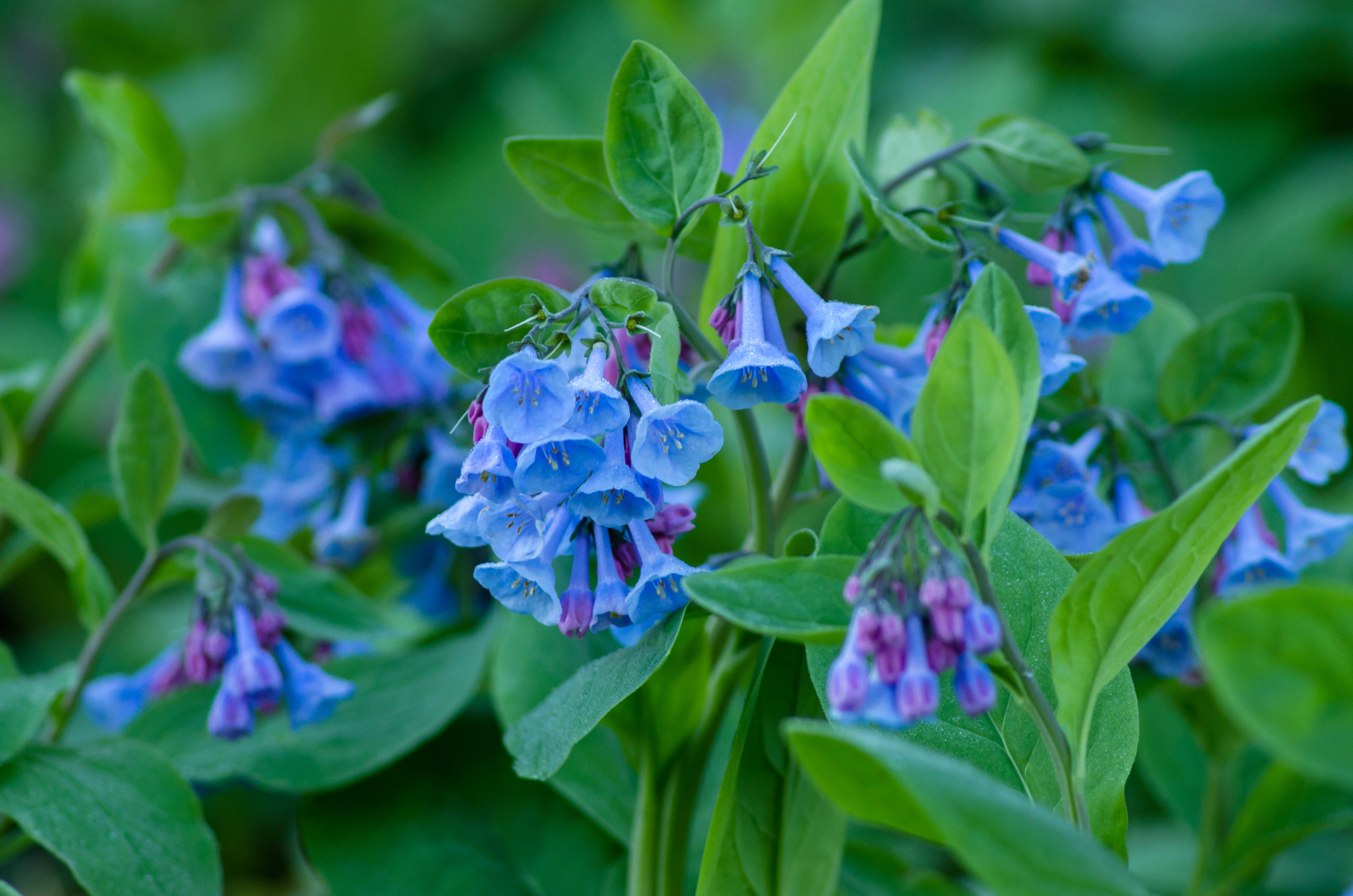
More Time for Roots to Grow
One huge benefit of planting native plants in the fall is that they have more time to establish their root systems. When roots have time to grow deep and strong before winter comes, they have a better chance of surviving the colder months. This is why it’s important to give your plants a good start in life by planting them at the right time of year.
Fall planting also allows native plants to take advantage of increased rainfall, which can help with irrigation and water retention during the drier months of spring and summer.
More Rainfall
Native plants typically do well in the fall because there is often more rain during this season. This provides the perfect opportunity for these plants to take root and establish themselves before the drier conditions of summer arrive. In addition, fall planting means that your garden will be ready to go when spring finally arrives, with all its accompanying sunshine and showers.
Fall is also a great time to plant because native plants require less irrigation. Because they are used to the natural rainfall patterns in your area, these plants will not need as much water from you. As a result, fall is an ideal time to get started with native plants if you are looking to save time and money on irrigation.
Native plants typically need less irrigation than non-native species, making them an ideal choice for fall planting. In addition, these plants usually require less fertilization and pest control. This is because they are adapted to the local conditions, so they are better able to fend for themselves. As a result, fall is the perfect time to plant native plants if you want to reduce your gardening workload.
As a result, fall planting is an ideal time for native plants if you want to save time and money on fertilizer. In addition, fall planting also means that your garden will be ready to go when spring finally arrives, with all its accompanying sunshine and showers.
Native plants typically require less pest control than non-native species. In addition, the cooler temperatures and increased rainfall that occur in the fall give native plants a chance to establish themselves before the drier conditions of summer arrive.
As a result, fall planting is an ideal time for native plants if you want to save time and money on pest control products. Fall planting native plants also means that your garden will be ready to go when spring finally arrives, with all its accompanying sunshine and showers.
Native Plants Need More Time to Become Established
Native plants benefit from the fall planting for several reasons. First, they have more time to establish themselves before the hotter, drier weather of summer arrives. In addition, cooler temperatures and increased rainfall give native plants a chance to take root and develop deep root systems that will aid them to survive the winter.
Fall planting also means that your garden will be ready to go when spring finally arrives, with all its accompanying sunshine and showers. This allows native plants to conserve moisture and nutrients during this time, which helps them become better established. As a result, fall is an ideal time to plant native plants if you want them to thrive in your garden.
Native Plants Benefit from Natural Rainfall Patterns
Native plants always do well in the fall because they benefit from the natural rainfall patterns that occur during this season. As a result of increased rain and cool temperatures, these plants have a chance to take root and establish themselves before the drier conditions of summer arrive. Fall planting is also an ideal time for native plants if you want to reduce your irrigation workload.
In addition, because native plants are adapted to the local environment, they usually require less fertilizer, pest control, and watering than non-native species. This means that fall planting is an ideal time for native plants if you want to cut down on your gardening workload.
Native Plants Benefit from Cooler Temperatures
Native Plants Require Less Maintenance
Native plants are ideal for fall planting because they require less maintenance than non-native plants. In addition, these plants usually go dormant during the winter, so the cooler weather gives them a chance to rest and then they are ready to thrive when Spring arrives.

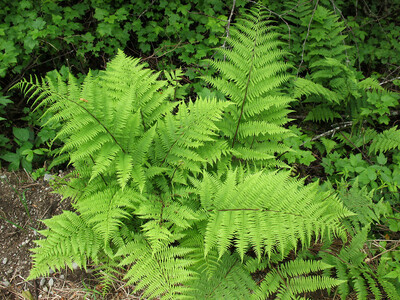 Native Ferns
Native Ferns
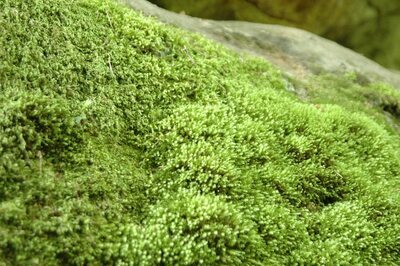 Native Mosses
Native Mosses
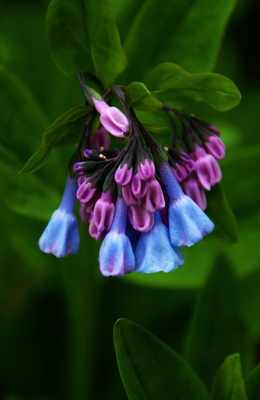 Native Perennials
Native Perennials
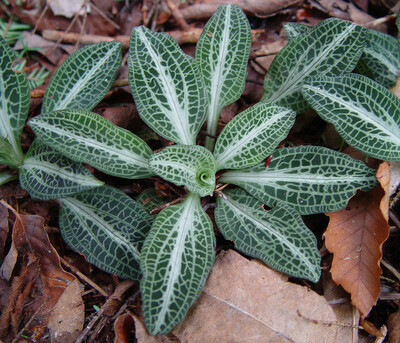 Native Ground Covers
Native Ground Covers
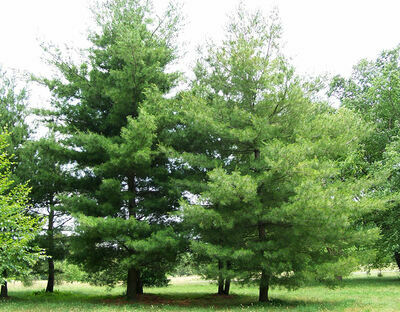 Native Trees
Native Trees
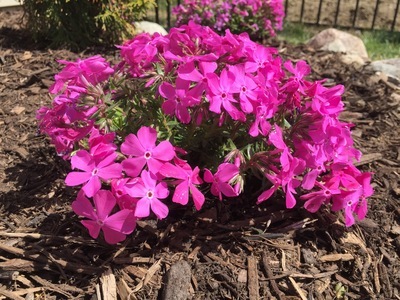 Shop By Zone
Shop By Zone
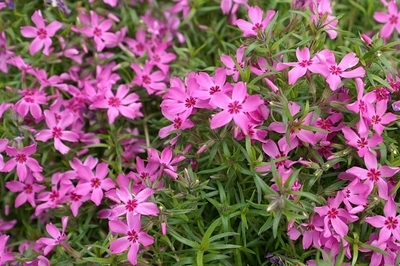 Flowering Groundcovers
Flowering Groundcovers
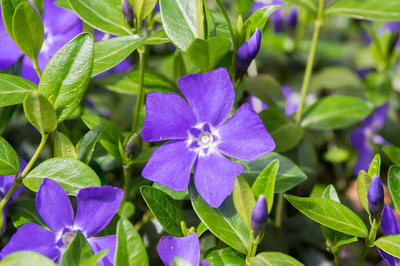 Evergreen Groundcovers
Evergreen Groundcovers
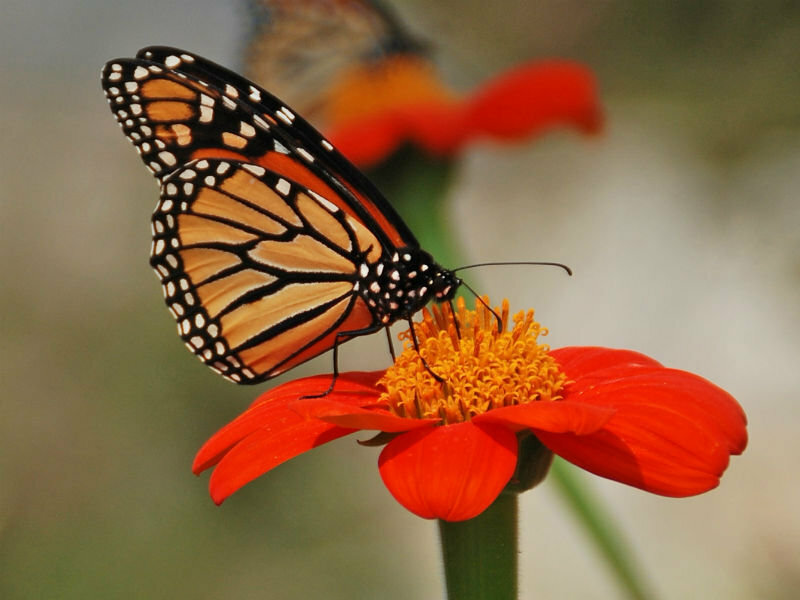 Pollinators
Pollinators
 Shop Bloom Color
Shop Bloom Color
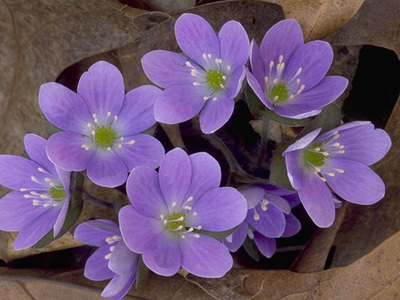 Perennials By Zone
Perennials By Zone
 Medicinal Herb Plants
Medicinal Herb Plants
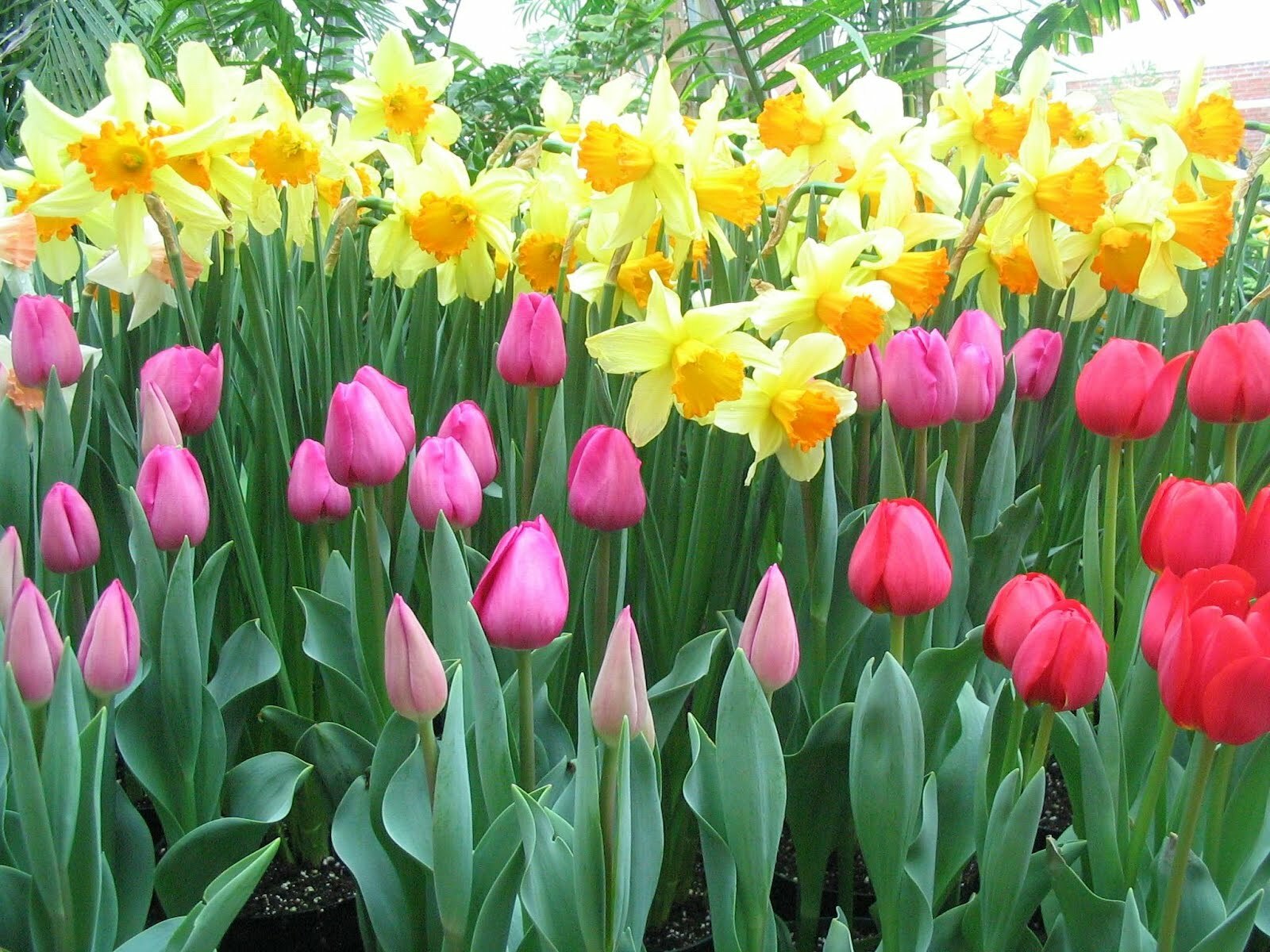 Spring Bulbs
Spring Bulbs
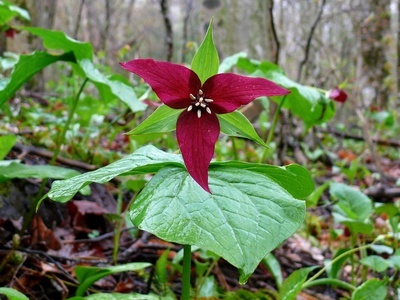 Trillium
Trillium
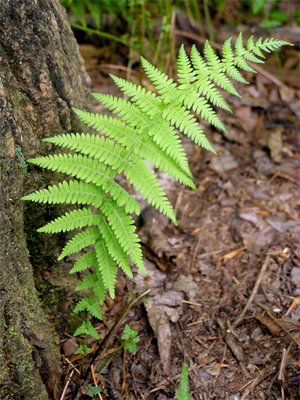 Ferns for Zone 3
Ferns for Zone 3
 Ferns for Zone 4
Ferns for Zone 4
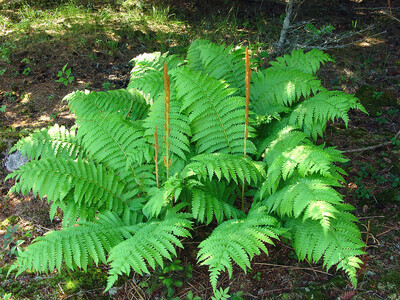 Ferns for Zone 5
Ferns for Zone 5
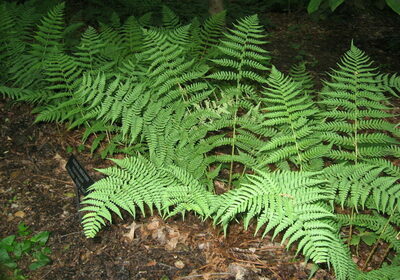 Ferns for Zone 6
Ferns for Zone 6
 Ferns for Zone 7
Ferns for Zone 7
 Ferns for Zone 8
Ferns for Zone 8
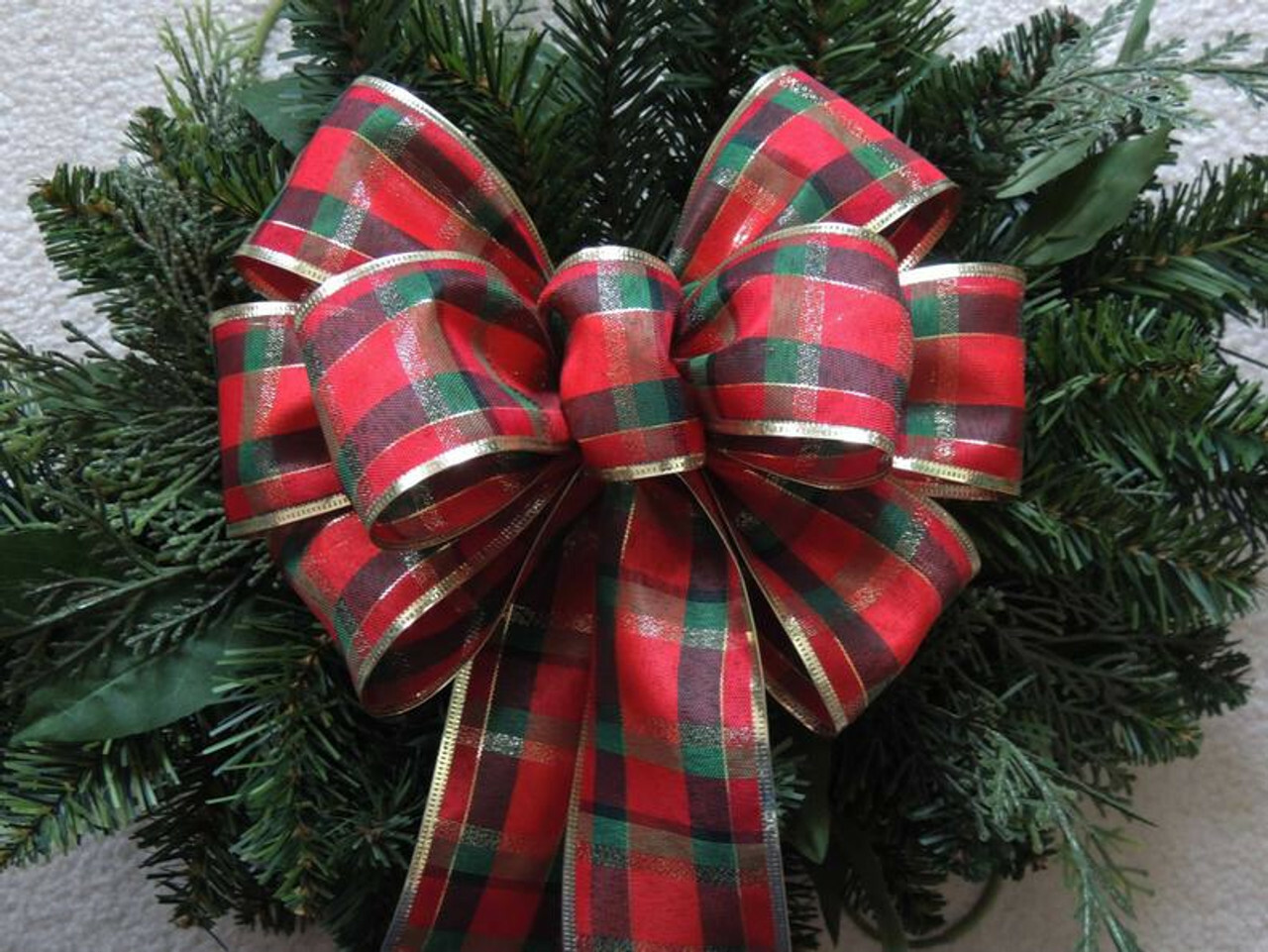 Christmas bows
Christmas bows
 Fresh Wreaths
Fresh Wreaths
 Garlands
Garlands
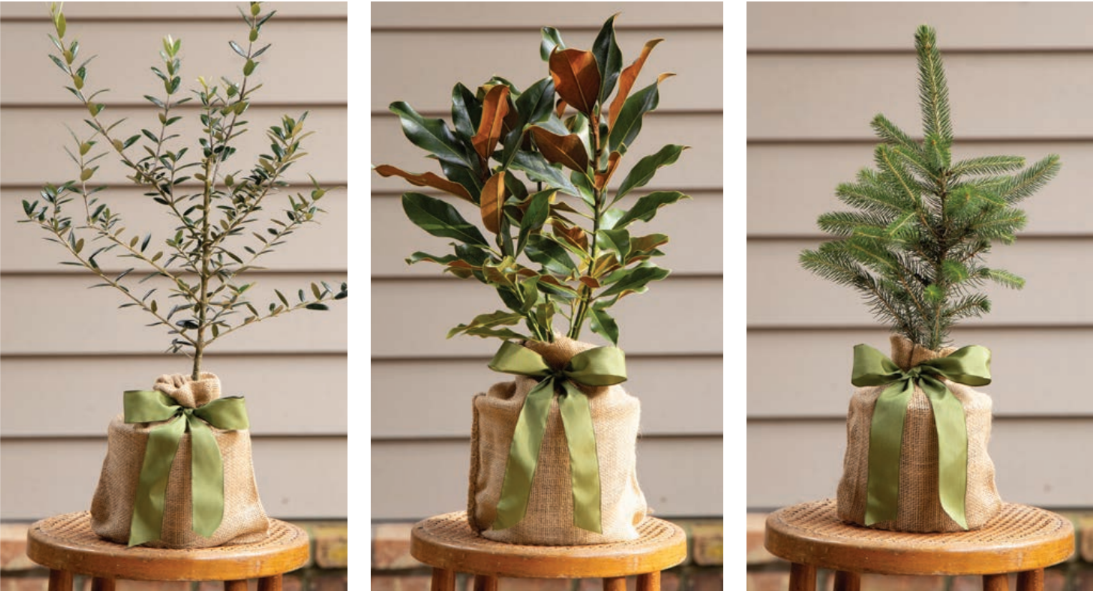 Holiday Gift Trees
Holiday Gift Trees
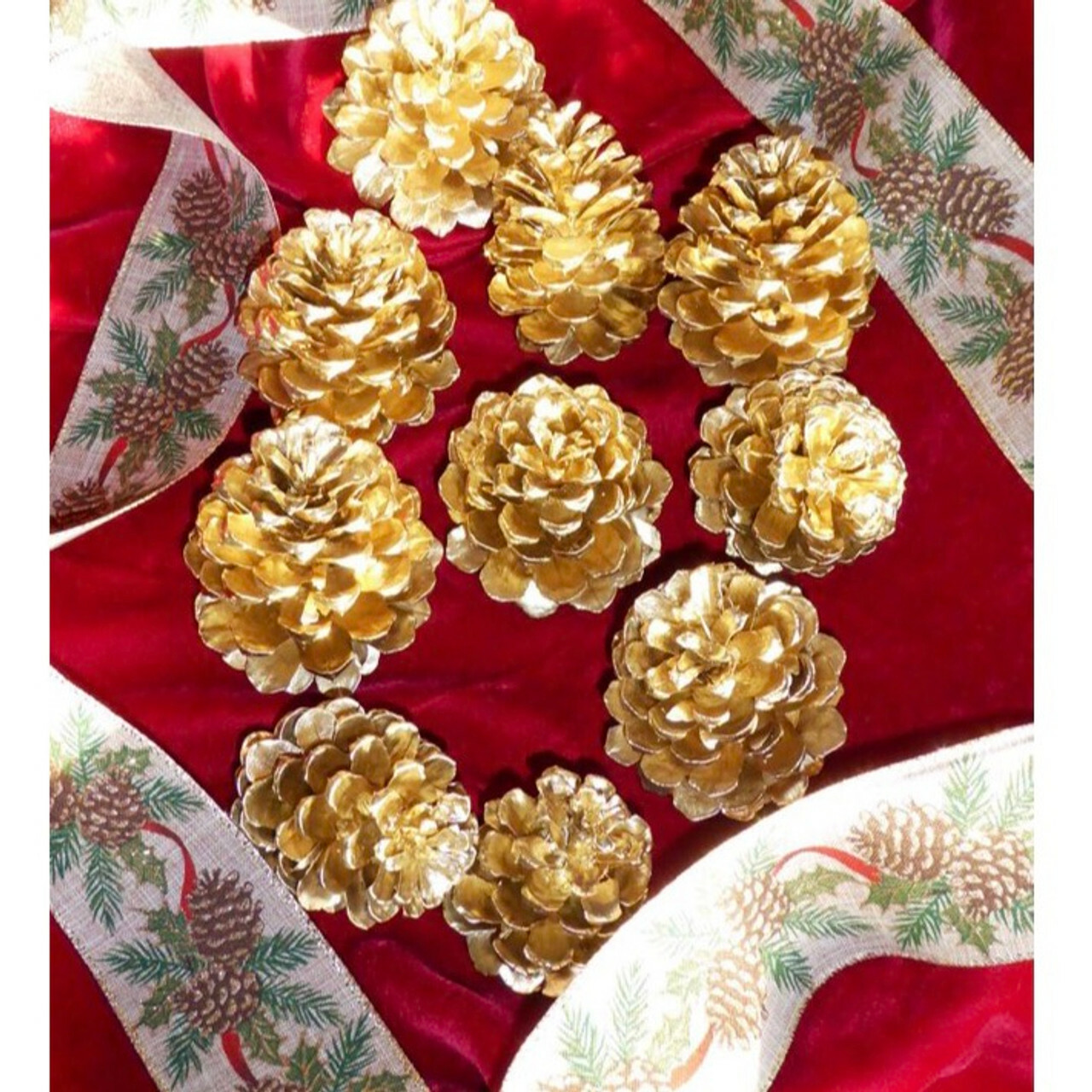 Large Pine Cones
Large Pine Cones
 Live Mistletoe
Live Mistletoe
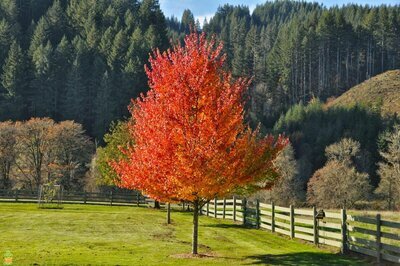 Shop Trees By Zone
Shop Trees By Zone
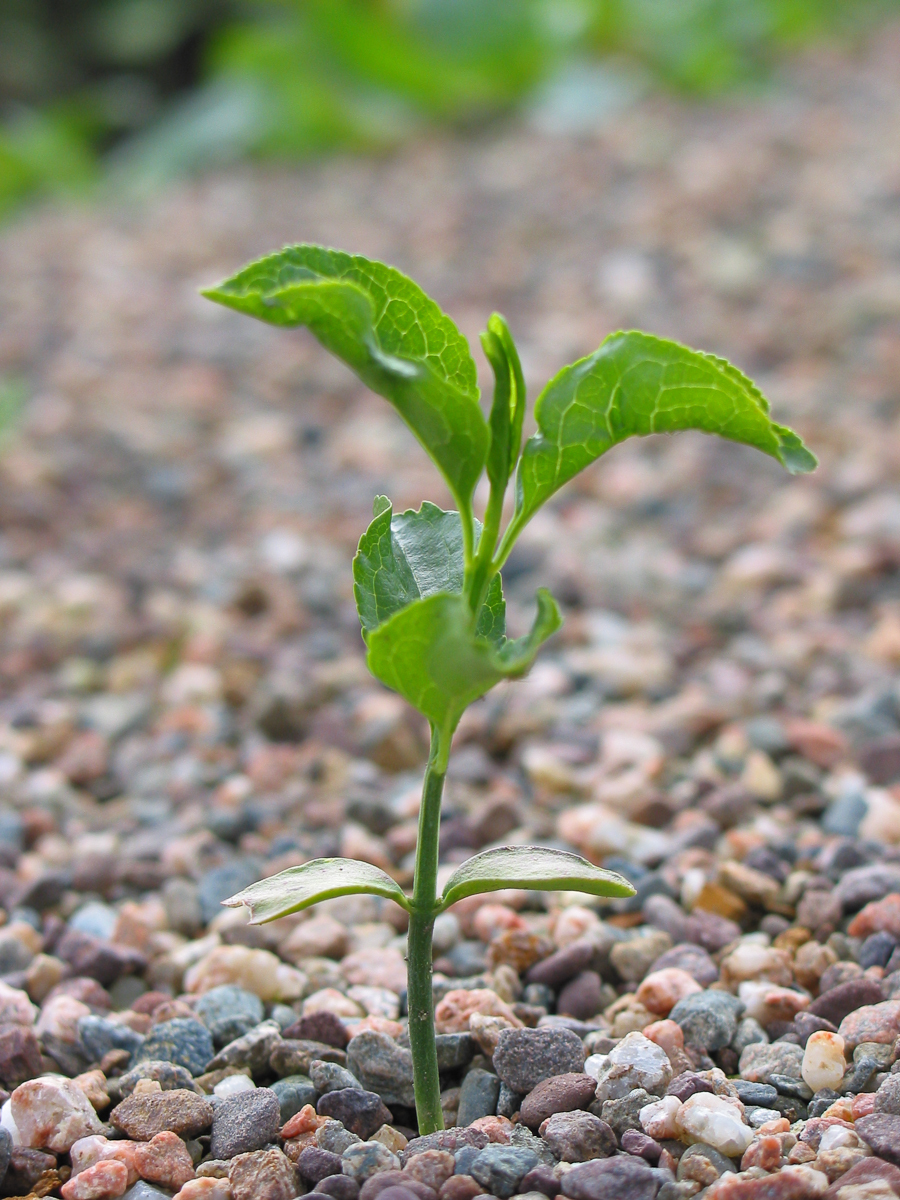 Tree Seedlings
Tree Seedlings
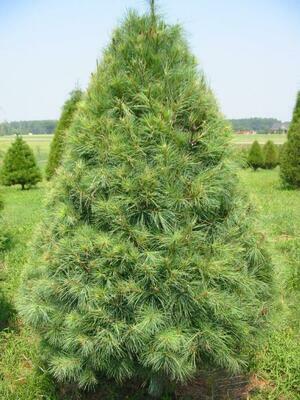 Fast Growing Trees
Fast Growing Trees
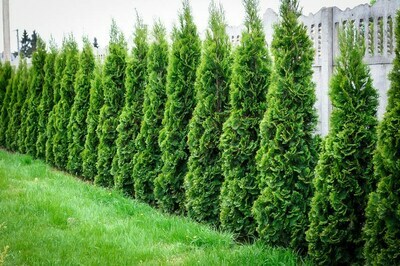 Pine Trees
Pine Trees
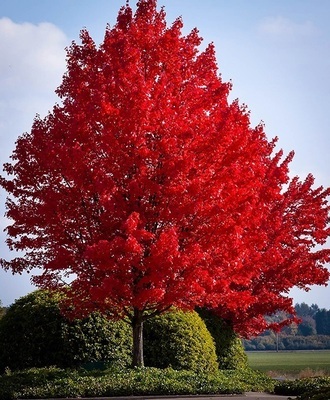 Live Stakes
Live Stakes
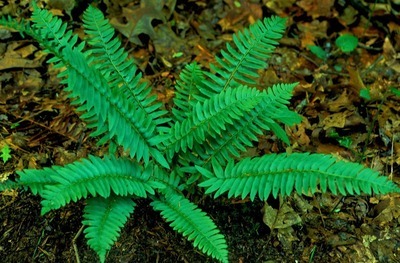 Evergreens
Evergreens
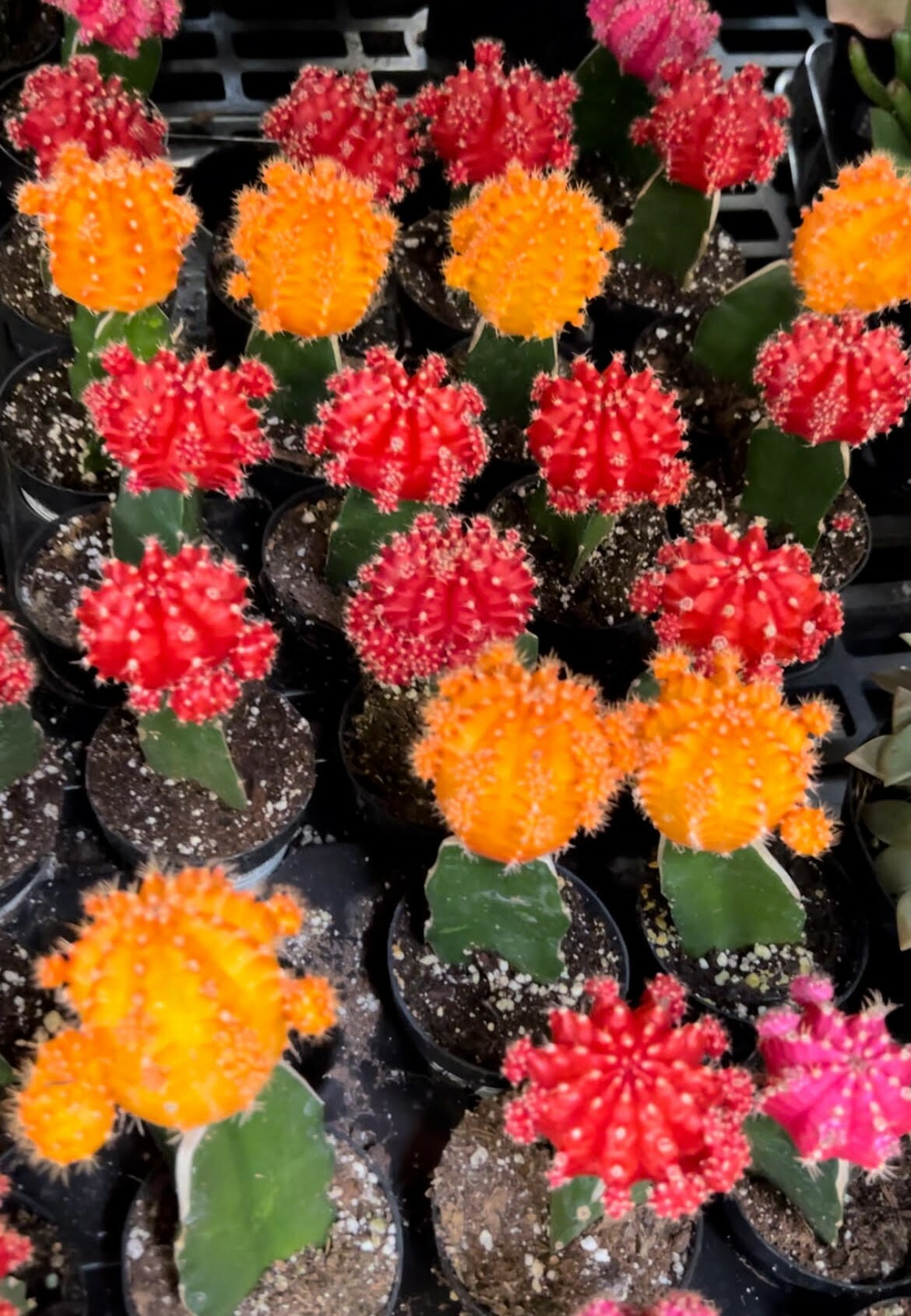 Cactus
Cactus
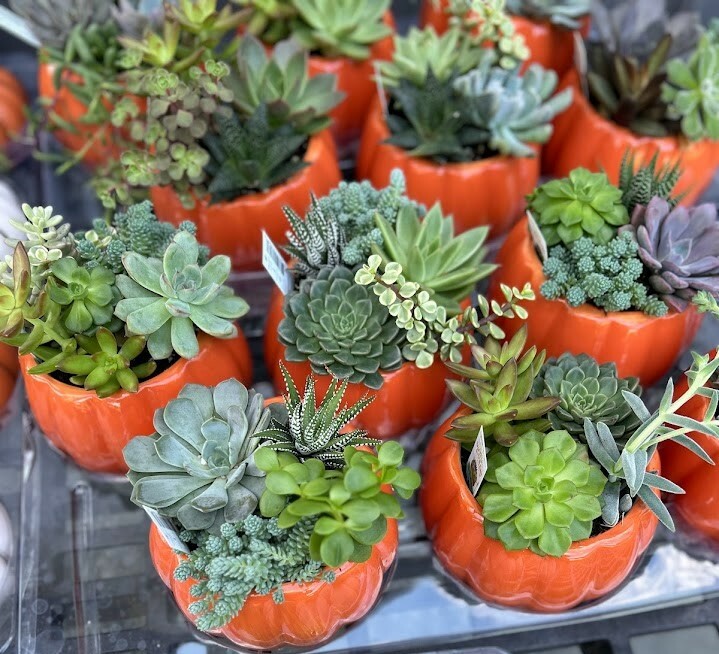 Combos
Combos
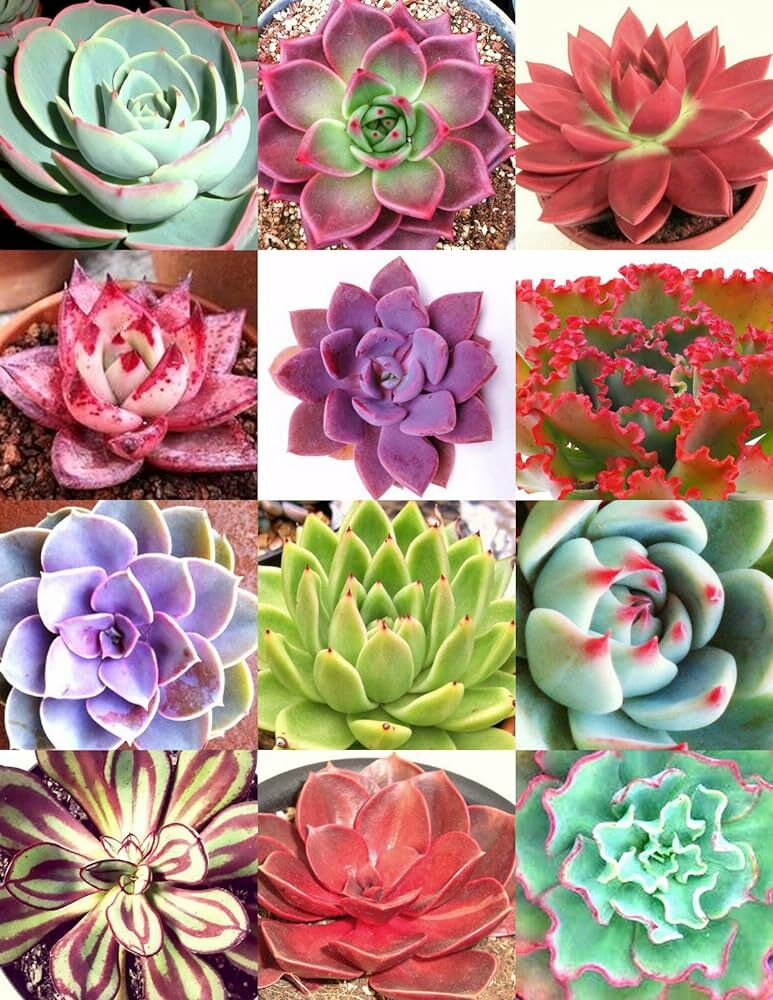 Echeveria
Echeveria
 Haworthia
Haworthia
 Sedum - Stonecrop
Sedum - Stonecrop
